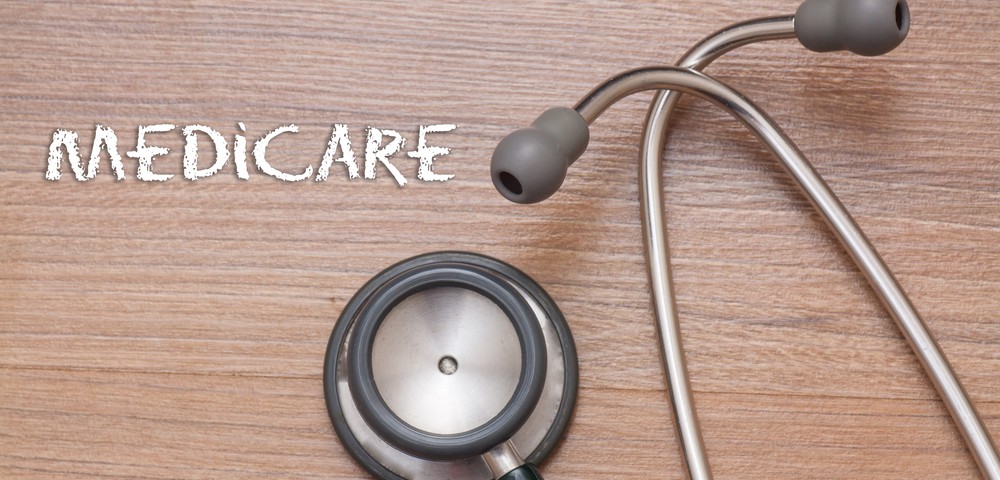A new report titled “US Renal Data System 2015 Annual Data Report: Epidemiology of Kidney Disease in the United States,” published in the American Journal of Kidney Diseases, assessed chronic kidney disease (CKD) and revealed surprising statistics. The condition now affects nearly 14 percent of the U.S. population and costs Medicare tens of billions in healthcare costs every year, according to the report.
“This report is a one-stop shop to try to understand the prevalence of kidney disease, how it’s being treated and how the burden affects various populations,” University of Virginia School of Medicine researcher Rajesh Balkrishnan, Ph.D., said in a press release. “If we can identify which treatment modalities are working and how they’re used and link these treatments to outcomes, we can inform the government of the most cost-effective ways to manage and treat the growing burden of kidney disease in the U.S.”
The sweeping, two-volume report evaluated several dimensions of CKD, a condition that causes the progressive loss of kidney function and potentially life-threatening kidney failure. In 2013, Medicare spent a staggering $31 billion for end-stage renal disease, in addition to the $50 billion on CKD in patients age 65 and older.
Balkrishnan, a scientist in UVA’s Department of Public Health Sciences, conducted the analysis of the use and cost of prescription drugs, finding:
- In the year 2013, total spending on prescription medication for Medicare Part D patients with CKD was 46 percent higher than for general Medicare patients, averaging $3,675 per patient compared to $2,509;
- In one year, the total spending for prescription medication for Part D patients with end-stage renal disease was considerably higher – $6,673 per patient (2.6 times higher than for general Medicare patients) – with dialysis patients having the highest cost, at $7,142 per patient;
- The average spending for Part D-covered prescription medication was over two times higher for CKD patients who received Medicare’s low-income subsidy than for those who didn’t have the subsidy ($6,088 compared to $2,873); out-of-pocket costs were only 1 to 2 percent for patients who received the subsidy, while patients who did not have the subsidy payed out-of-pocket costs of between 28 and 32 percent;
- About 69.4 percent of Medicare patients with CKD were included in Medicare Part D, as well as 74.2 percent of patients with end-stage renal disease.
Balkrishnan expects that his report will be useful for national healthcare policymakers and to improve the quality of care for CKD patients. “Our goal is to provide a snapshot view of the major issues in the diagnosis and treatment of kidney disease in the U.S.,” Balkrishnan said. “There are definitely gaps there in the treatment of many patients, which can be improved upon.”

